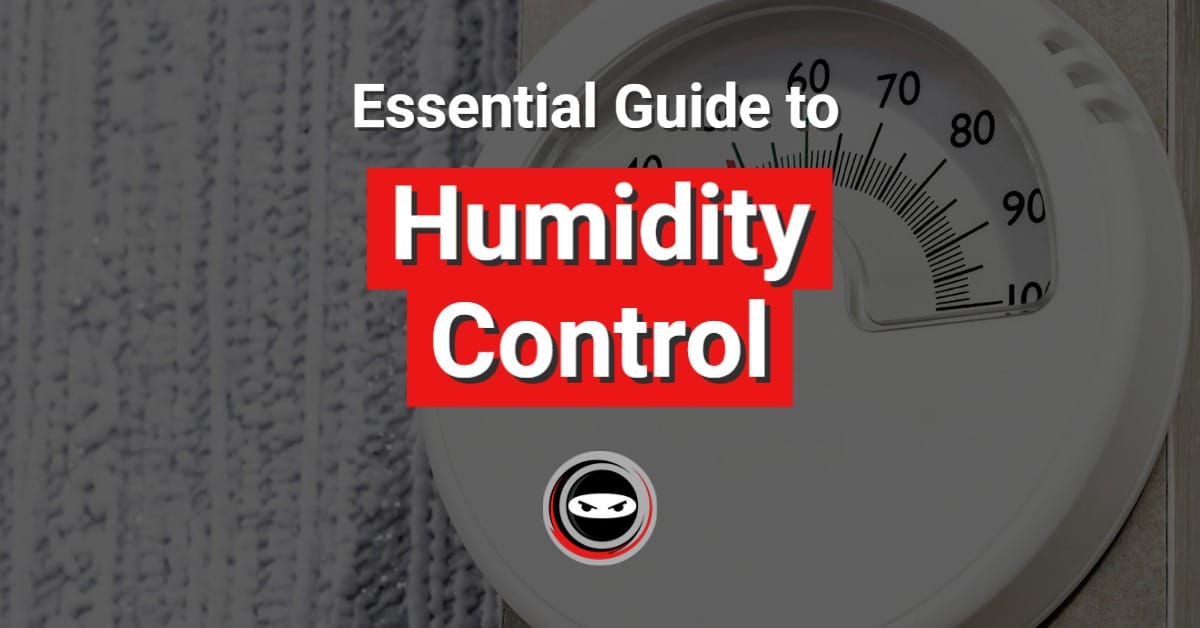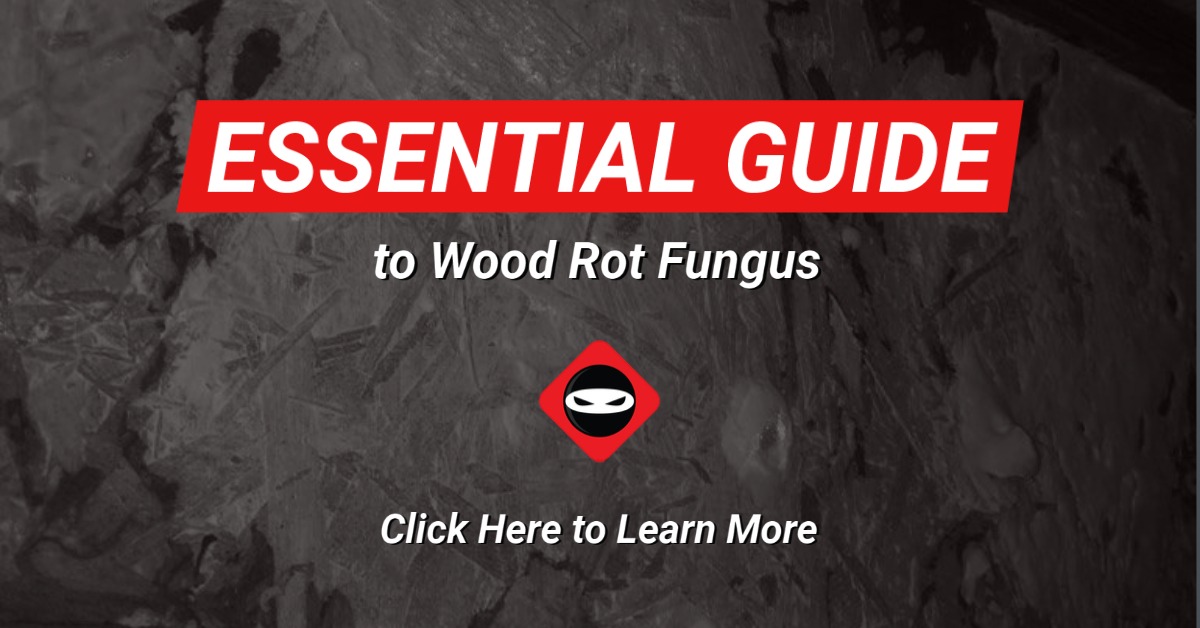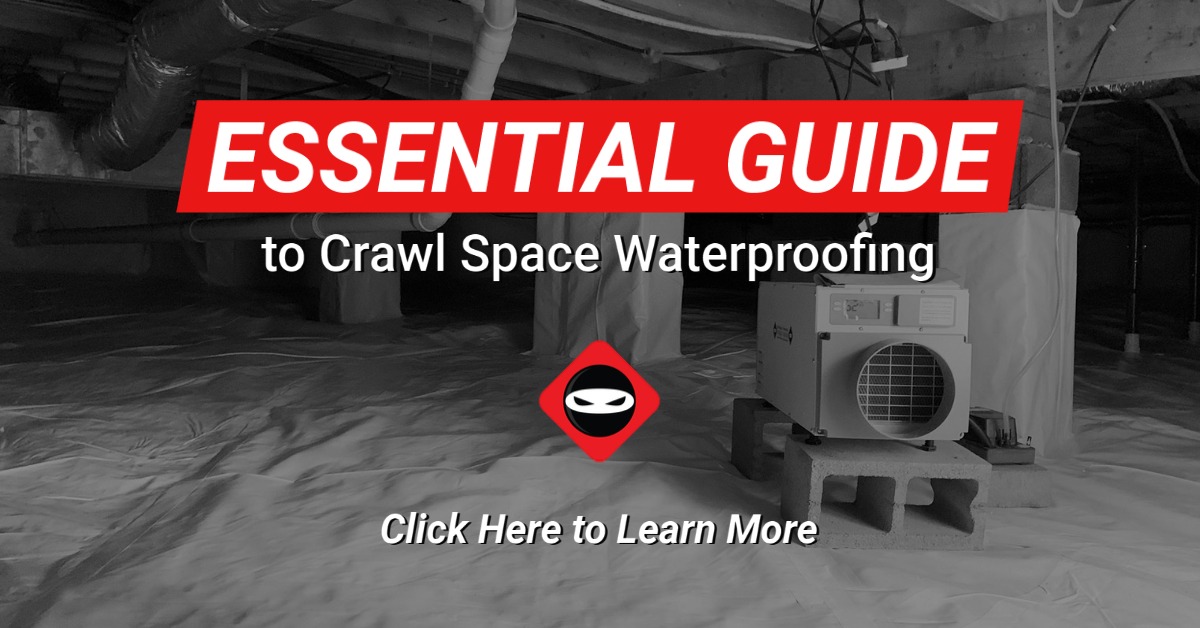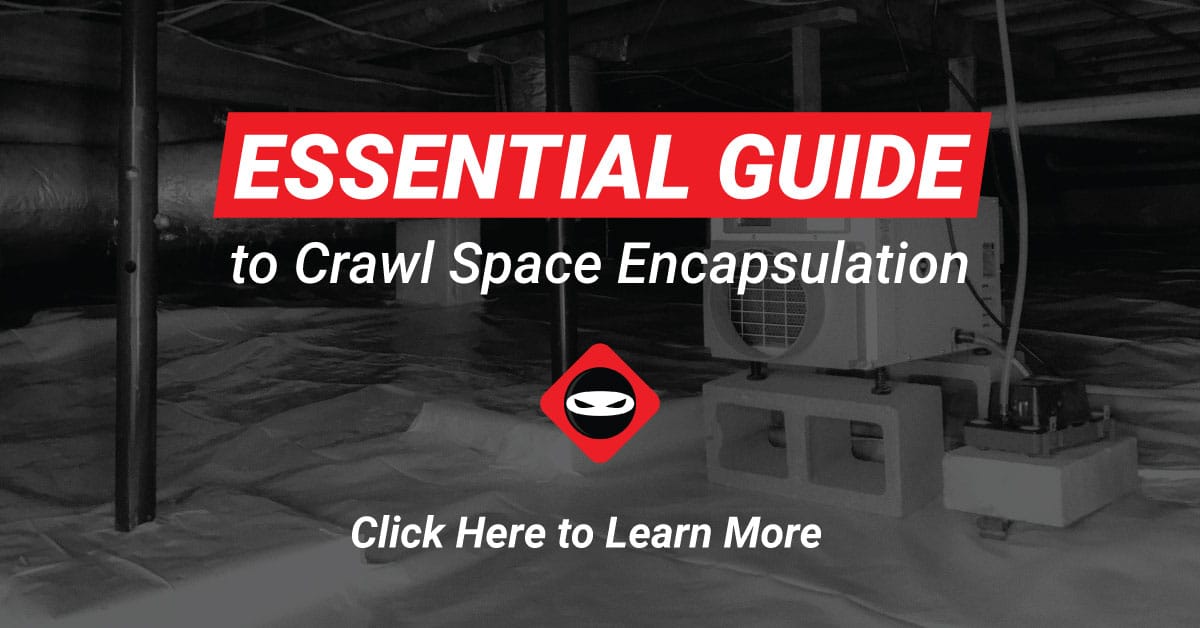Insulation is a term used to describe a mechanism to protect and shield an interior with the help of a material that prevents heat gain or loss or noise transmission. There are many different types of insulation and some of them are specially designed for certain areas of our home. One type of insulation we provide is spray foam insulation and it can be utilized to air seal your attic, rim joist, crawl space, basement walls, and many other areas in order to make your home energy efficient.
How does spray foam insulation work?
When spray foam insulation comes in contact with oxygen it expands many times its original size. Once it is applied to surfaces it starts to expand and fills all the gaps, holes and cracks it comes in contact with. Some types of foam may even expand up to ten times its original size. In addition, spray foam insulation can be applied in places that are difficult to reach or apply other types of insulation like fiberglass, rock wool, foamboard and even cellulose. Spray foam is an excellent form of insulation for both new and existing buildings and is used in many types of construction projects.
When spray foam insulation is applied, it takes a certain period of time before it becomes dry and stable. When it is finally cured it forms an airtight seal that also makes the material it is applied too more sound resistant. It also offers a thermal barrier and even makes the area stronger. Unlike many other forms of insulation, spray foam insulation, often called a sealant, becomes very hard and an impermeable surface. This airtight seal helps save energy by preventing conditioned air from escaping and unconditioned air from entering any building whether it is residential or commercial construction.
In addition, when a closed cell spray foam insulation is used, the hardened surface created significantly reduces the chances of vapor buildup. The chance of materials producing condensation is greatly reduced with closed cell insulation. In cases where warm air meets cold air, the final result is moisture that leads to condensation. As we said before, this specific type of insulation keeps the air in place and vapor buildup is limited.
Energy Savings Tip – Benefits of Air Sealing
High energy costs and losing heat in the house are some of the most common problems. Thanks to spray foam insulation used in the attic and crawl spaces these problems will be minimized drastically. Although there are many materials used in insulating like fiberglass, cellulose, rock wool, radiant barrier and foam board. Many people prefer the addition of the spray foam sealant because it offers an air seal that keeps conditioned air from escaping.
In addition, spray foam can be much easier to install even in areas that are difficult to reach. Mold is something that we find quite often. Air sealing the crawl space can help prevent mold. Reducing high humidity from accessing the crawl space or preventing condensation along with dehumidification is a great mold deterrent.
What is the R-value of Spray Foam
One of the simplest ways to determine the effectiveness of various insulation methods is to check the R-value. This is the value of their capability to prevent heat transfer. Spray foam insulation provides R 3.2 per inch in R-value which makes it a great form of insulation. It has the ability to be applied in hard to reach areas like the crawl space.
Ready to find out more?
Drop us a line today for a quote!
Advantages of Spray Foam Sealants
The list of advantages of using spray foam sealants doesn’t end here. According to some people who have used our services, their energy bills were reduced by up to 40%. Furthermore, this type of insulation significantly reduces noise transmission. It also helps keep the pollen, allergens, wind, varmints and insects away from your crawl space and other parts of your home.
- eliminates air leakage
- can prevent heat loss
- improves energy efficiency
- improves comfort
- reduces drafts
- seasonal energy bills can be lowered
- ideal for attics, roofs, walls, floors, crawl spaces
- higher R-Value than other types of insulation
- moisture can be reduced
- Can strengthens areas applied
Spray Foam May Increases Home Value
Finally, spray foam insulation may increase the value of your home because of the all advantages we have mentioned. Every air sealing project performed using spray foam has saved many of our customers money. But more importantly it has made their home more comfortable. Comfort is an important part of a properly insulated attic, crawl space or basement.
What Next?
Do you need help with mold removal, crawl space encapsulation, crawl space insulation, vapor barrier, waterproofing, or controlling humidity in your crawl space and you live in Georgia, Delaware, North Carolina, South Carolina, Tennessee, Ohio, or Kentucky? If so, please contact us to schedule your assessment. Also, let us know in the comments below if you have an idea for a new blog topic.
Perhaps you’d like to tackle your own crawl space repair. Visit our DIY Store.
Contact us if you need help fixing your crawl space or yard drainage by clicking here.
Learn about Crawl Space Ninja Franchise opportunities.






19 thoughts on “Spray Foam Insulation”
Great post! I really like that you included how the spray foam actually works. It seems to be a point of fascination for kids and adults alike when investigating attic and crawl spaces.
Thank you Hannah. We like playing with spray foam here too. 🙂
Thanks for posting the advantages for installing spray foam insulation. I’ve been looking into other types of insulation I can use for my home, so knowing the advantages to spray foam will help make choosing the right material easier. It’s great that it can reduce noise transmission along with helping you reduce your energy by as much as 40%. I should take that into consideration so that I can choose the right type of insulation to use for my home.
Hi Judy. Spray foam is a great way to air seal. We like closed cell spray foam in most cases.
Now I understand how spray foam insulation works.. many thanks to this!
Your welcome.
That’s pretty crazy that spray foam can expand up to 10 times it’s size. I feel like spray foam would be really nice to use because you just have to spray it! It sounds pretty efficient too. Thanks for the info.
It’s great for air sealing attics too Rich.
That’s great to know that spray foam insulation can make a space air tight. In what area would it be alright to seal with this type of insulation? I ask because of my idea to seal tight a shed that I already built.
Andre, we have air sealed many sheds with spray foam. It is extremely useful in all areas of the home.
I actually had no idea spray foam insulation even existed until a friend of mine told me about it. It looks like it it takes up a lot less space than that pink fluffy stuff I normally see. I’m trying to get the most out of my attic so I might need to look into this further. Thanks for the awesome info and pictures!
Glad you enjoyed the pictures David. Thanks for the comments.
So instructive… look forwards to coming back again
Michelle, I am so glad you liked it. Thanks for the feedback.
Thanks a lot for your time in writing this educative article.
That’s great Wilma. Thank you.
Hi, what are the down sides of the spray foam approach? I have heard (for crawlspace under my kitchen) that VOCs can be high and risky as well as if my kitchen has a leak it would destroy all the insulation? would love your input
Hi Carrie, we use a low voc spray foam with a Gold Greenguard certification. As far as I know, it is one of the only spray foams with this certification. I don’t recommend spray foaming the entire subfloor. Hopefully this video will help expain why: https://youtu.be/MWpjdI14vT4
You can see our products on our DIY store: https://diy.crawlspaceninja.com/attic-products-duct-sealing-spray-foam/
Learn about Greenguard Certification: https://www.ul.com/resources/ul-greenguard-certification-program
We recently had a major addition to our house, and we were looking for an efficient way to insulate it. Decided to go with spray foam insulation. Thanks for article.